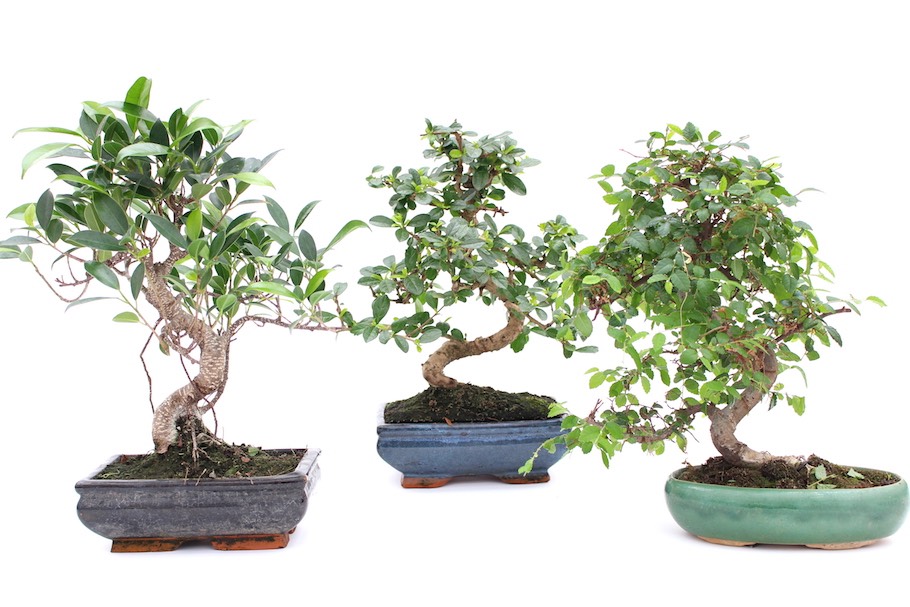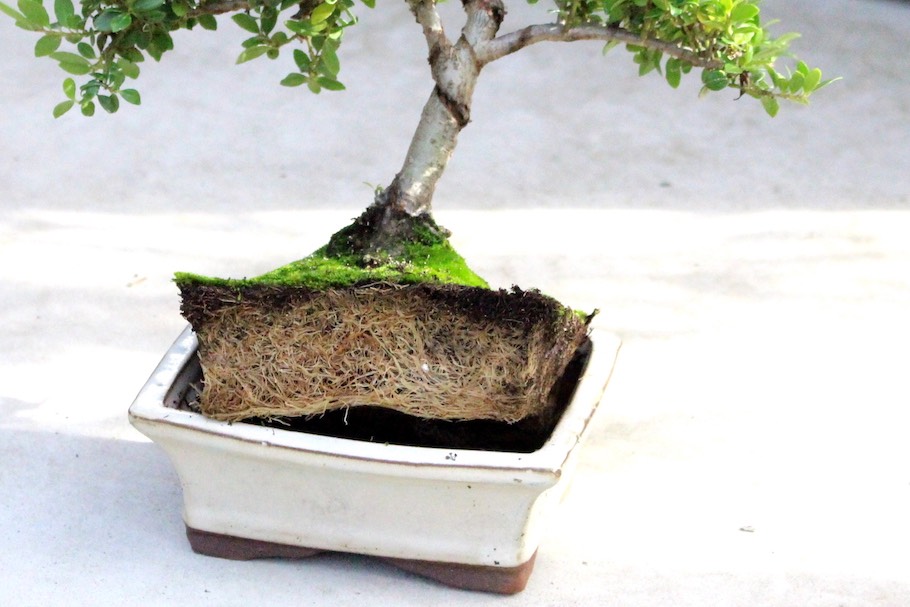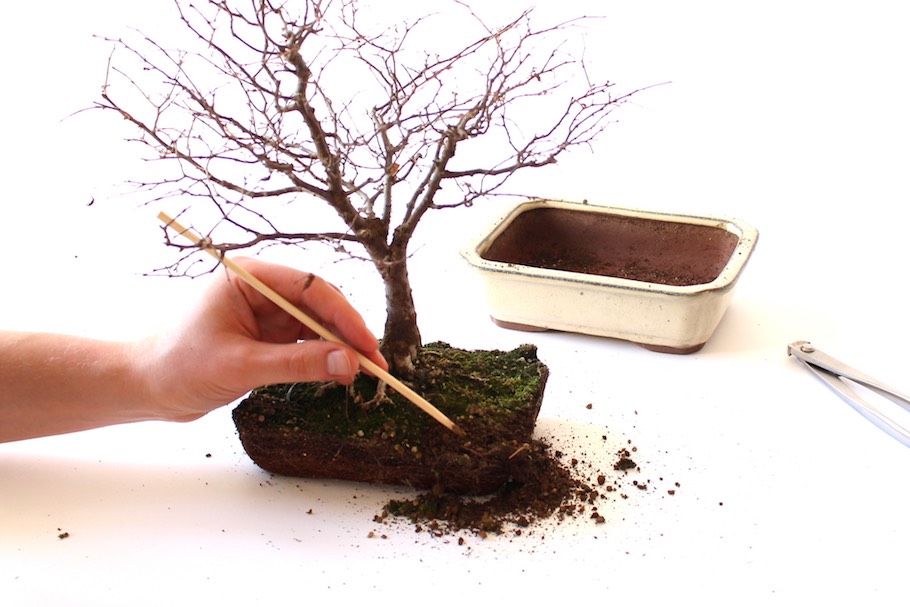Bonsai Care,Bonsai tree Care,Indoor Bonsai care,bonsai tree Care for beginners,Bonsai care indoor,Bonsai tree watering.
What is a bonsai tree?
A bonsai is a miniature tree that is planted inside a bonsai tray. In fact, the term “bonsai” literally means “nature on a platter” in Japanese.
Bonsai refers to the art of growing small trees and is an integral part of Japanese culture dating back to the early 14th century. Enjoyed only by the wealthiest aristocrats and high-ranking members of Japanese society, bonsai is now an art form enjoyed by people all over the world.
bonsai care
Caring for a bonsai can seem intimidating at first. Here are some tips to show you how to care for a bonsai tree with ease. We also created a handy guide with quick tips for easy reference.
Bonsai location

To determine the best place for your bonsai; you need to know what type of tree it is and if it is an indoor or outdoor plant.
The most common types of bonsai, such as juniper, pine, and fir, are outdoor plants and should be exposed to the seasons like their larger counterparts. Outdoor bonsai also include deciduous trees, meaning their leaves change with the seasons. These include maple, elm, etc.
Indoor bonsai are typically subtropical species that thrive thanks to stable temperatures throughout the year. These include jade plants, ficus trees, etc.

Once you've figured out what kind of bonsai you have, the rest is pretty simple.
Here are some general tips on positioning bonsai.
- Location: Your bonsai should be kept away from direct heat or drafts.
- Lighting: Keep your bonsai in an area with plenty of sunlight.
- Humidity: The bonsai needs enough water in the soil to be able to grow well.
Bonsai watering

The main cause of most bonsai deaths is insufficient watering. Because the topsoil is so shallow, it is prone to drying out very quickly. Bonsai trees should be watered just when the topsoil appears dry. Depending on the type and size of your tree, as well as the type of soil you use, the watering frequency can vary and can even be once a day; therefore, it is better to water each of your bonsai individually, rather than following a routine.
When watering your bonsai, the main goal is to fully saturate the root system with water. Ensuring adequate saturation, water until water runs out of the drainage holes.
Excessive watering can also be detrimental to your bonsai. Symptoms of an overwatered bonsai include: yellowing of the leaves and wilting of smaller branches. If a bonsai is overwatered, its roots drown in water and are deprived of oxygen, preventing further growth to support the tree. Overwatering can also be due to poorly draining soil.
To ensure that you are watering your bonsai correctly, you will need to test it daily. The general rule of thumb is to water as soon as the soil appears dry.
Prune and shape your bonsai

Pruning is essential to keep bonsai small and maintain their compact shape. There are two main types of pruning; maintenance and structural.
Maintenance pruning strengthens the tree by stimulating new growth. By cutting off young shoots and leaves, you expose the lower leaves to air and sunlight; further strengthening the tree and benefits its overall health.
Areas that require maintenance pruning include the branches, shoots, and leaves. Branch pruning encourages the growth of smaller branches and allows you to control the shape of your tree. Pruning the terminal buds of the branches produces a more compact leaf growth that favors the growth of smaller leaves.
Typically, you should prune your bonsai when you see new growth that begins to change the shape of your tree in an unwanted way. For flowering bonsai, pruning should be done during the spring to encourage the growth of more flowers.
Structural pruning is a more advanced technique that should only be done when the tree is dormant. It involves the removal of the primary structural branches of the tree and requires the skills of a professional to ensure that the tree can be recovered.
Another way to properly shape your bonsai is to wire its branches . You can control the shape and growth pattern of certain branches by wrapping a thin wire around them. Wiring is best done during the winter when the bonsai leaves have fallen. Be sure to keep an eye on branch growth and remove the wire when necessary. If the branch grows too fast, it can grow into the wire and cause scarring.
Bonsai tree soil

The key to choosing the right soil for your bonsai is choosing one that offers adequate drainage. Add large particles to your soil mix, such as lava rock or pebbles, to improve drainage and introduce air into the soil. The ideal soil mix should also be able to retain water, which can be improved by adding clay.
Fertilizing your bonsai ensures that it receives the proper amount of nutrients it needs to stay healthy. A balanced bonsai fertilizer should contain equal parts nitrogen, phosphorus, and potassium; prior to fertilization, you must water your tree well, as it is harmful to fertilize the plant in dry soil; In addition to reading the fertilizer instructions well, avoiding excesses.
Bonsai transplant

Repotting is important to maintain the health of your bonsai; removing excess roots that can cause the tree to starve or not receive enough nutrients for its size; it also ensures that your tree can continue to thrive within a small pot. Bonsai trees need to be transplanted once every two to five years, depending on how fast they grow.
Here are the basic steps to transplant your bonsai:
- Carefully remove the tree from its pot.
- Using sharp scissors, trim the outer layer of roots.
- Inspect the root mass for areas of rot and trim as needed.
- These areas can indicate where the bonsai is not getting enough drainage.
- Clean the pot and remove brown or green stains.
- Put a plastic mesh over the drainage holes to prevent soil from falling out.
- Cover the bottom of the pot with prepared substrate and place the tree on top.
- Fill in any remaining holes and gaps where the root used to exist with soil.
Bonsai Tree Care: A Quick Guide
The bonsai; they are not just a plant; they are a life form that require regular care and maintenance.
Just follow our tips on how to care for a bonsai tree and you'll soon be on your way to becoming a true bonsai pro!
To help you remember the essentials of bonsai care, we've created a handy reference guide below with quick tips for each stage.


.jpeg)


0 Comments
Post a Comment